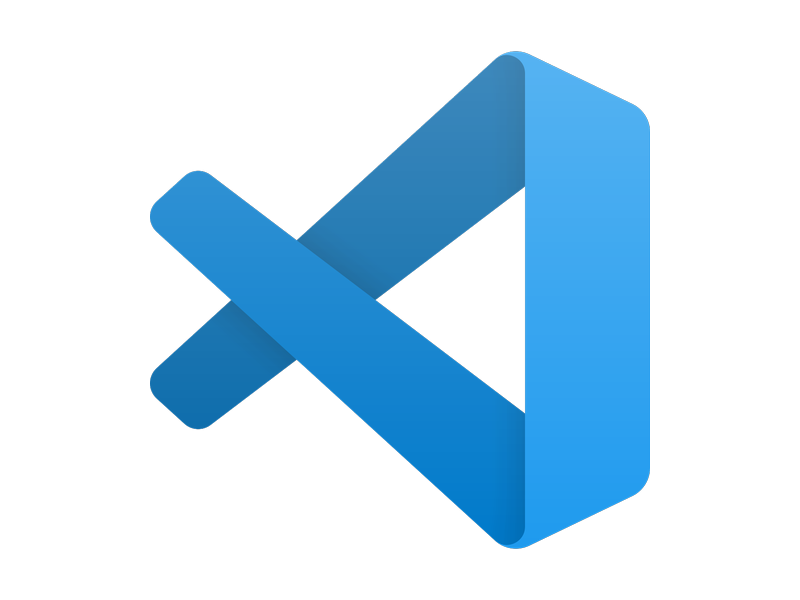

Sadly, what users perceive as one icon is actually a lot of them. If you have a public-facing website, it has to have a favicon. It’s one of those little things that make other people take you seriously.Įven Apple, which has always had some kind of aesthetic beef with icons that don’t come from Cupertino, downplaying favicons in Safari for years, has finally given up and now properly displays them across all of its devices. Users expect your website to have a favicon. We’ve all seen those cute little images in our browser’s tab bar which help us differentiate our open websites. 6.The concept of a favicon, which is short for “favorite icon”, have been around since the early 2000s. The following subsections target the three most common types of effects.
Therefore, to make your PWA feel more native-like - and less like a website or document - you may disable (or at least partially disable) these effects. On default, the iOS web browser adds certain interactive effects for texts and links that native applications do not have. Disable selection, highlighting, and callouts An example Web App Manifest could look like the following. The second way is to set the display property of your Web App Manifest to standalone. The first way is to use the apple-mobile-web-app-capable meta tag in the head element of your HTML code with the following code. There are two ways to make your PWA run as a standalone application (that is, in a new window without the web browser’s UI controls) on iOS. Here are seven suggestions on how to make your PWA more native-like on iOS. Unlike Android, for which many native-like features are automatically generated by the Web App Manifest, iOS requires some additional HTML and CSS tricks. That includes making it installable on the home screen, adding a custom icon, disabling the address bar, and so on. Although your app is technically run in the web browser, you should strive to make it look - and feel - as good as a native application. One of the main characteristics of a Progressive Web App (PWA) is app-likeness.


 0 kommentar(er)
0 kommentar(er)
